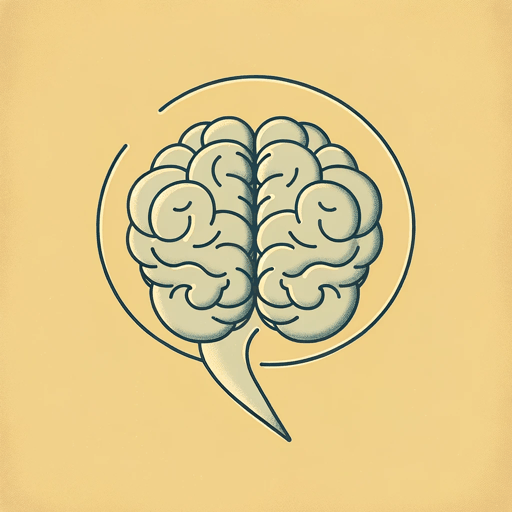37 pages • 1 hour read
Jonathan HaidtThe Righteous Mind: Why Good People Are Divided by Politics and Religion
Nonfiction | Book | Adult | Published in 2012A modern alternative to SparkNotes and CliffsNotes, SuperSummary offers high-quality Study Guides with detailed chapter summaries and analysis of major themes, characters, and more.
Key Figures
Plato
Haidt presents Plato’s ideas on rationalism as shortsighted. He cites Plato’s dialogue, Timaeus, as evidence that Plato was overly reliant on the idea that reason could triumph over the “passion” (emotion or instinct) and that reason alone could make a sensible decision. He also references Plato’s Republic in which Glaucon (Plato’s brother) challenges Socrates to prove that justice itself, and not just the reputation for justice, leads to happiness. Though Socrates is able to offer an explanation that Plato finds satisfactory, Haidt believes that Glaucon is right and that reputation matters more than right action.
David Hume
Haidt refers frequently to the 18th-century philosopher, David Hume, who argues that reason is the slave of the passions. Haidt believes Hume is right about the power of emotion and intuitive knowledge and that it is stronger than reason. However, Haidt objects to the term “slave,” as he does think that reason can employed if we can acknowledge the moral matrices in ourselves and others and use those foundations to change minds and opinions.
Lawrence Kohlberg
Haidt presents Kohlberg’s insights into moral psychology as a six-step process in which children move from blindly following adults’ definition of right and wrong to gradually working out their own morality based on avoiding harm and respecting the individual.
Related Titles
By Jonathan Haidt



